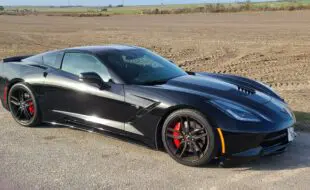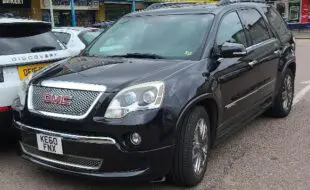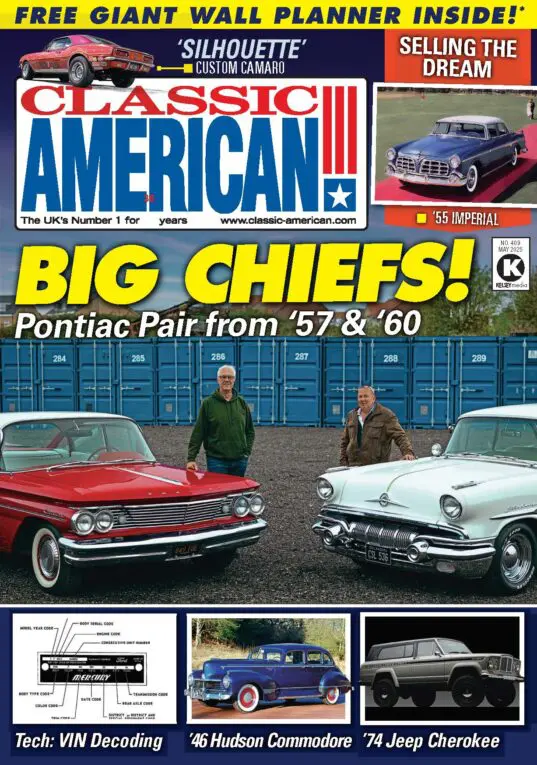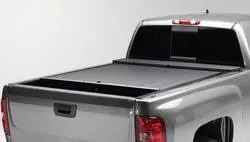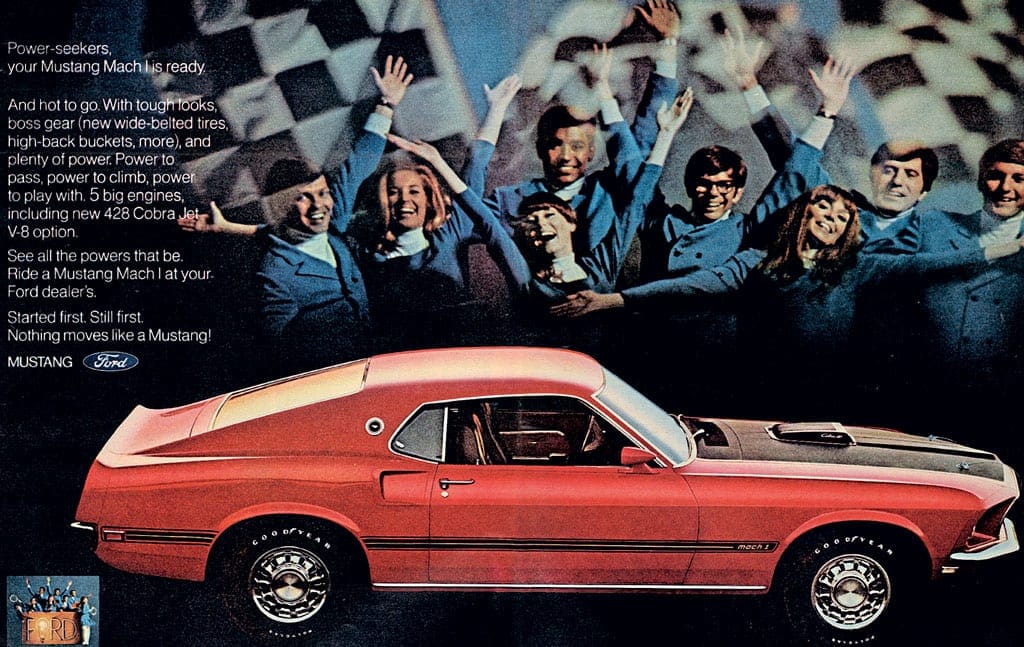
Words: Tony Oksien
Tony winds the clock back 50 years, to when a very special version of the Ford Mustang was making a name for Ford’s evergreen pony car: All hail the Mach 1!
Some may say (especially those who have a special interest in Mustangs) that the 1969 Mach 1 is the finest looking pony car ever built; this obviously is open to debate and subject to individual preference, although from any angle the car’s appearance is one of beauty, even 50 years since its inception.
Ford sold 299,824 Mustangs for the 1969 model year, with 24% of them being Mach 1 versions – not bad for a first-year introduction and proof that the buying public loved the new Mach 1. Altogether Ford produced 820 Mustangs a day; that’s one every minute and 45 seconds every 24 hours, with five assembly plants cranking out the cars.
Enjoy more Classic American reading in the monthly magazine.
Click here to subscribe & save.
While 1969 did see the end of the GT model, Ford did introduce the Mustang Grande as a similar upscale offering. The Boss 302 and Boss 429, together with Shelby’s new GT 350 and GT 500, also boosted Mustang’s performance portfolio.
Most Mach 1 models rolled off the Ford assembly lines in San Jose, California, Dearborn, Michigan and Metuchen, New Jersey, though other Mustangs were built within most of the Ford factories.
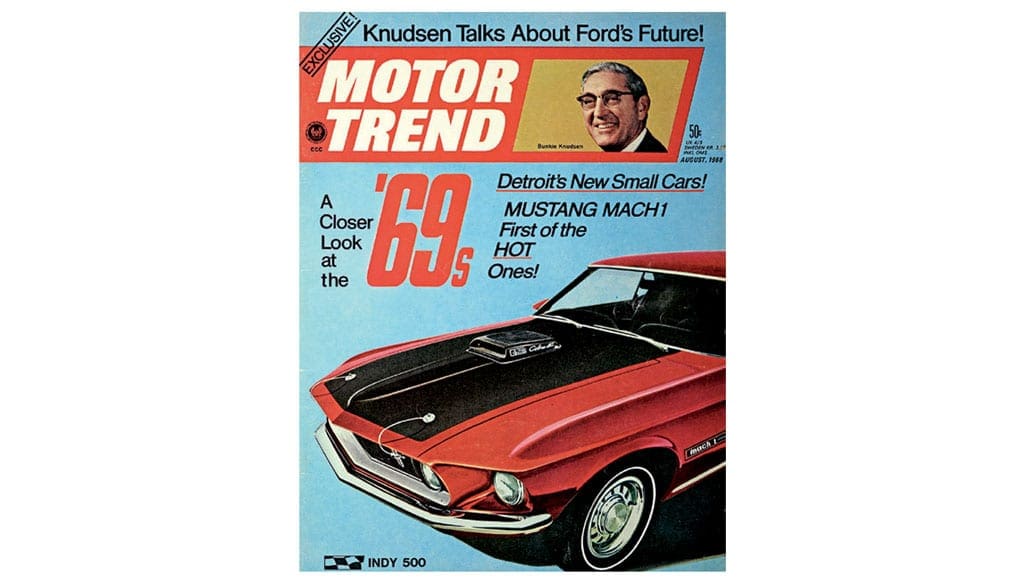
Available as a Sports Roof model (body style 63C) which replaced the 2+2 earlier Mustangs, 72,458 found owners in 1969. While it’s notable that no hardtop or convertible Mach 1s were ever built, a plethora of engine choices became available for the new Mach 1.
These started with the 351W 2bbl V8 giving 250bhp and backed up with a three-speed manual gearbox, then came the 351W 4bbl giving 290bhp, 351C 4bbl late in the ’69 production run, which replaced the 351W 4bbl, 390cu in Hi Po with 320bhp and then the heavy-hitting, big-block 428cu in giving 335 horses, a figure far less than its capability with Cobra Jet and Super Cobra Jet Ram Air motors.
Engine wise, the new deal in town for Ford had to be the 35cu in V8 in two guises – the Cleveland and the Windsor versions. Most-asked question is: what’s the difference? So, trying to make the question a little simpler and as I do not have the column inches, here are the main differences.
The 351W stands for the engine assembled in Windsor, Ontario and the 351C indicates it was built at Cleveland, Ohio. Yes, I realise it’s a cop-out but a damn fine uncomplicated explanation.
The Super Cobra Jet engines found their way into the Mach 1’s ’Drag Pack’ factory option for the weekend racer and straight-line aficionado. This gave you a toughened-up 428, with drag strip rear end gearing (either 3.91.1 or 4.30.1) with a Traction Lok axle. Other upgrades were a remote engine oil cooler and staggered rear shocks on the four-speed cars only.
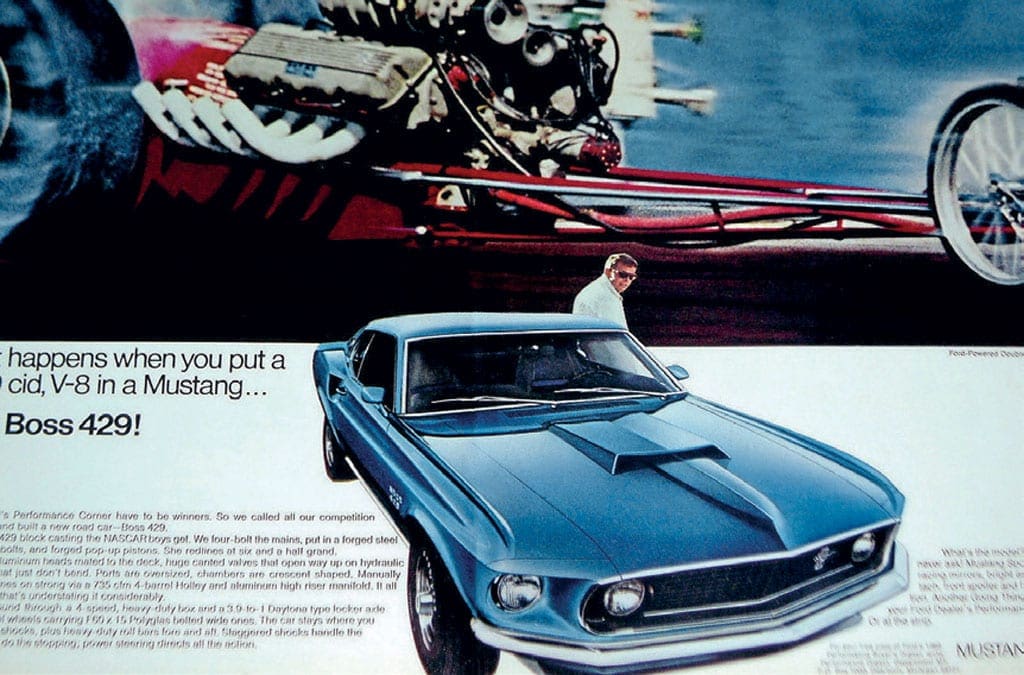
Oddly enough, the 390 Hi Po-powered Mach 1 is the rarest of all the 1969 models, with around 1200-2000 being produced, as most folk went for the 428cu in big-block versions, which were the most popular.
With all that power on tap the stopping ability of the Mach 1 was at times abysmal. Would you believe that the standard brakes were manual drums at all four corners? That’s including Cobra Jet models, even though Competition Suspension was included. Interior-wise, the standard Mach 1 was well equipped, with knitted vinyl sports high-back bucket seats, console, Rim Blow steering wheel, moulded door panels and twin-pod instrumentation.
Tachometers were optional, although an AM radio came as standard. Three interior colours and a whopping 16 exterior hues made the Mach 1 a buyer’s dream… Hell, you could choose from 10 axle types, chin and deck lid spoilers, rear window sports slats (to keep the sun out and the cool in).
Graphics were all over the car, plus it had matte-black hood treatments, hood pins, side scoops – the car simply could not be ignored. A four-headlight front grille that evoked a shark’s nose must have looked pretty menacing in any rear mirror. Even air-conditioning and cruise control appeared on the options list, making for a comfortable bruiser of a cruiser.
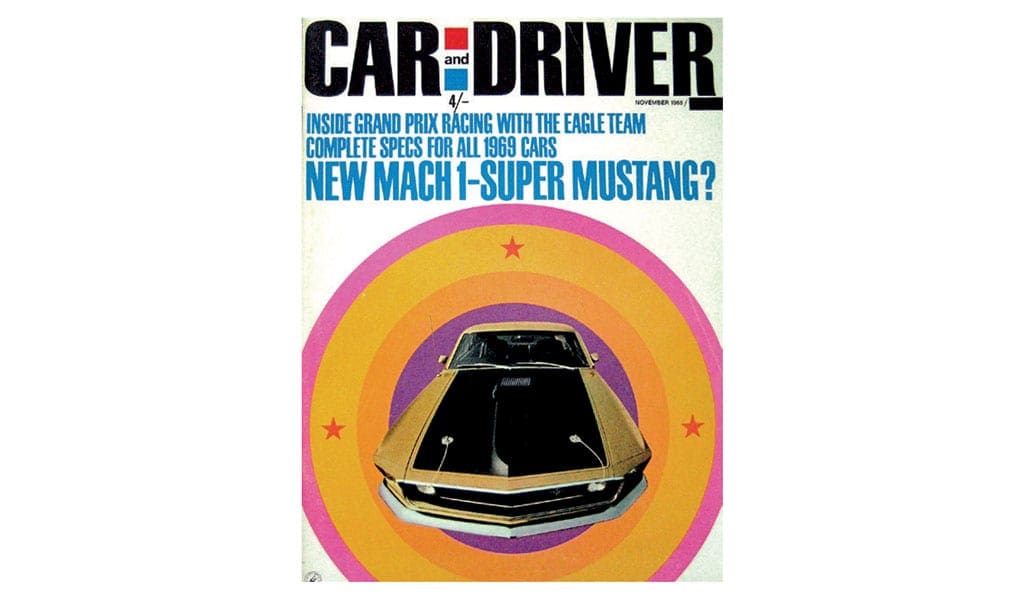
For ’69 Ford came up with a shaker-hood scoop a full year before Chrysler’s versions; the item sat on top of the air cleaner housing. Inside the shaker was a vacuum-activated air door, designed to fully open at wide-open throttle, forcing more cool air through the induction system. This looked pretty cool and improved the Mach 1’s performance while enhancing its legendary image.
Price-wise, a ’69 Mustang Mach 1 will always hold its value, basically because it is very sought after and can demand strong asking prices – making the car an excellent investment opportunity but also a full-on fun driver.


